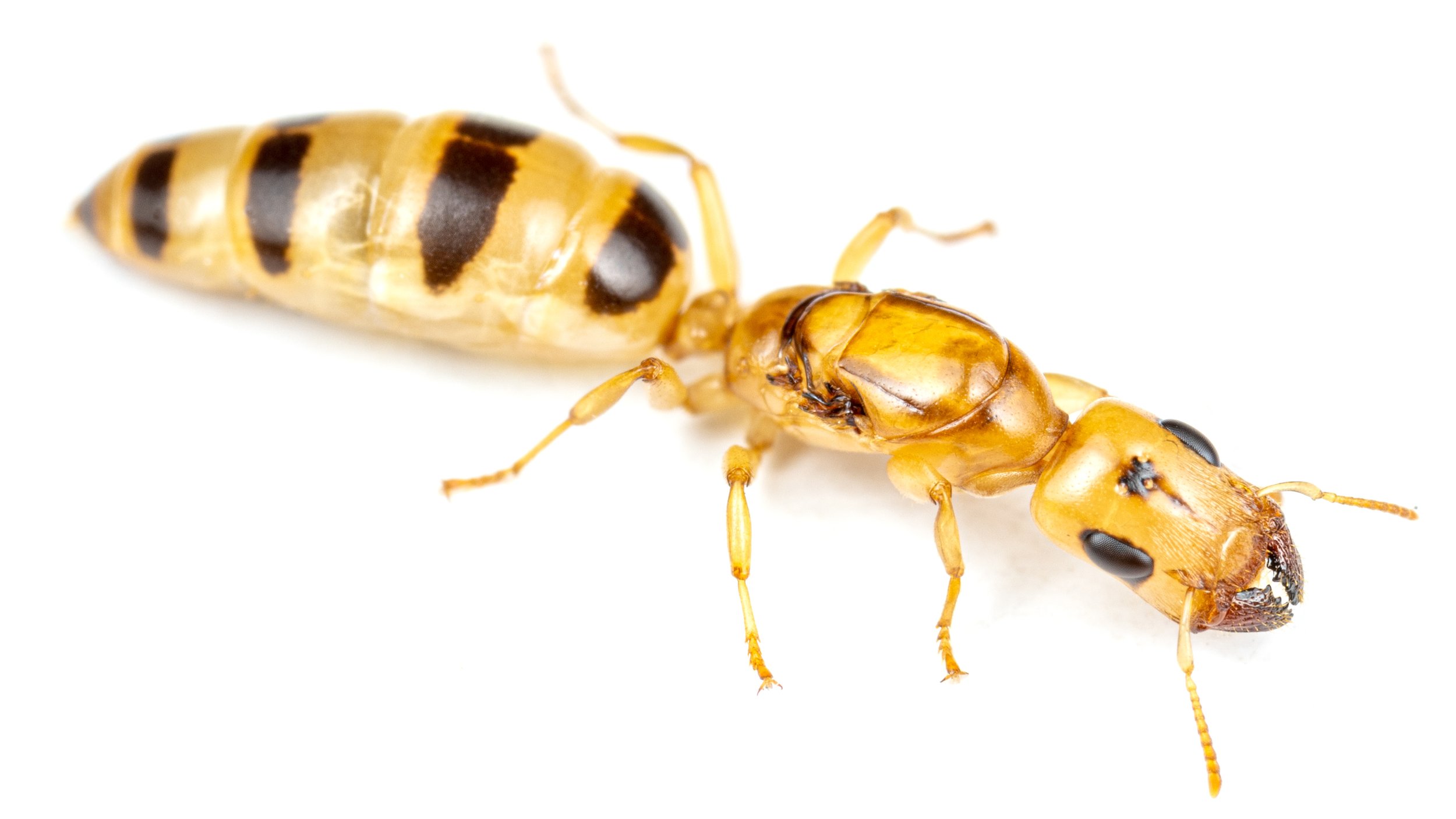Myrmoteras, the Monstrous Ants Ecology and Care Guide
Species of the genus Myrmoteras are among the most bizarre ant forms and unique among Formicinae by having mandibles that form into a specialized trap-jaw mechanism that can open more than 280 degrees. – a character that, however, has convergently evolved in other subfamilies (Odontomachus and Anochetus in Ponerinae; Dacetini in Myrmicinae). The small Myrmoteras ants with cryptic living habits in leaf litter make them difficult to collect.
The genus Myrmoteras was established by Forel in 1893 from a series of workers taken in the Thaungyin Valley, Burmah. This ant, to which he gave the name binghami (genus genotype), was for a number of years the only known representative of the genus.
The genus Myrmoteras, which comprises circa 41 species, is endemic to the Asian tropics.
Gesomyrmex, the Amber Javelin Ants Ecology Guide
Gesomyrmex is a genus of ants in the subfamily Formicinae. The genus contains seven extant species, and eleven fossil species, about which little is known, since the few species within the genus are rarely encountered. The genus was established by G. Mayr (1868) for a single species from Baltic amber.
Members of this genus are very rare and ancient forms as they belong to a loose assemblage of genera which have been considered the most primitive members of the subfamily Formicinae.
These genera, which include Myrmoteras, Gesomyrmex, Gigantiops, Myrmecorhynchus, Opisthopsis and Santschiella, remain among the least studied ants.

